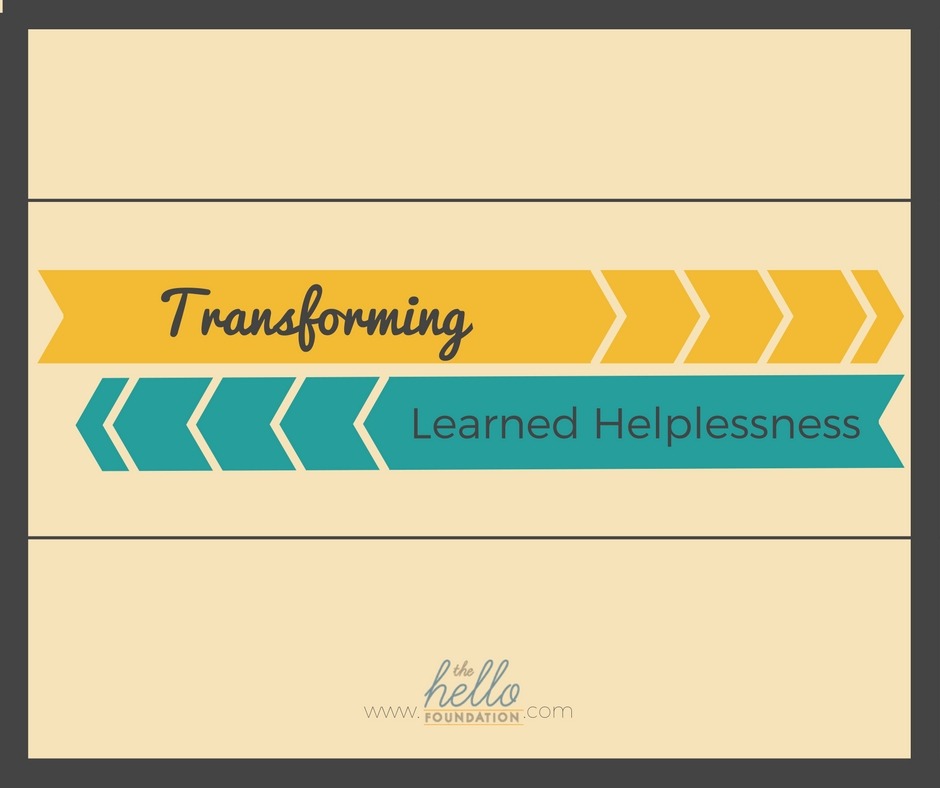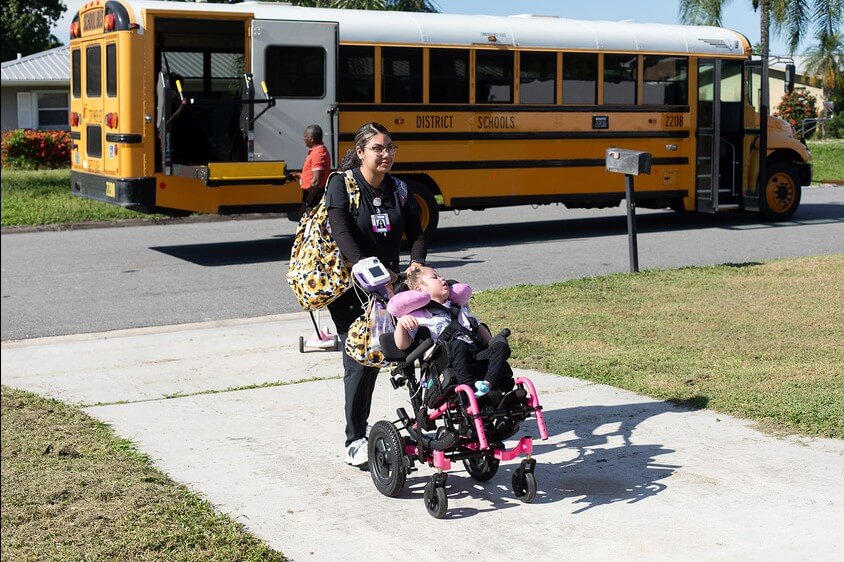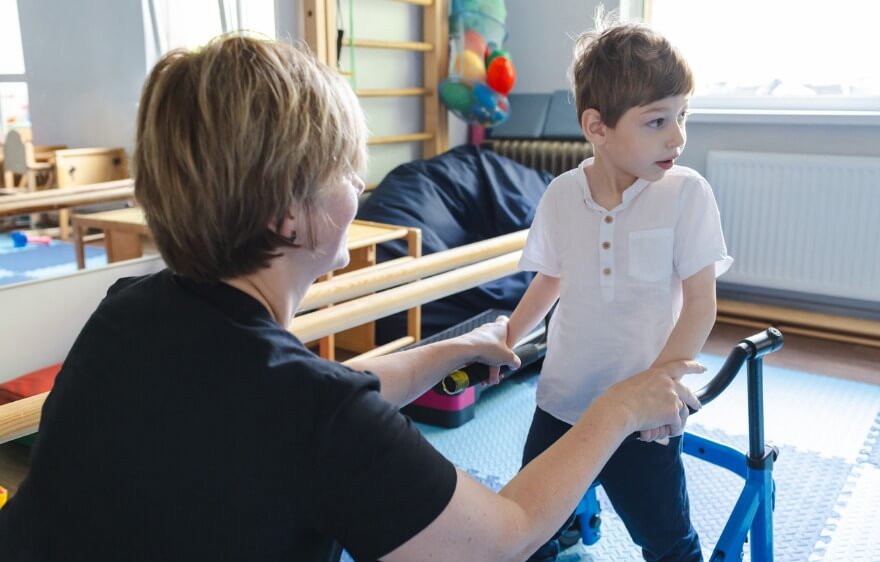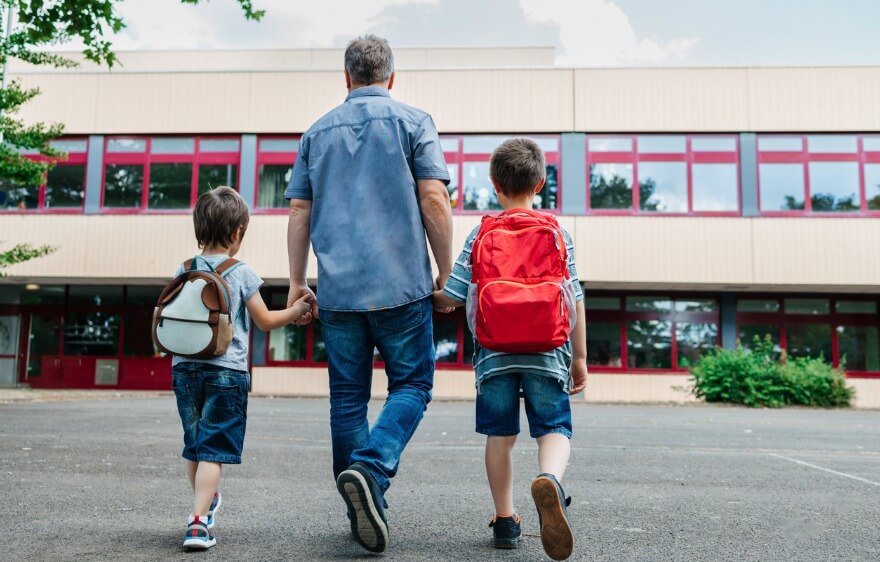When faced with a challenging situation, whether in your personal or professional life, have you heard yourself say any of the following?
“I give up.”
“Why bother?”
“What’s the point?”
“Nothing I say or do will matter anyway.”
I have heard myself say all these things. A frustratingly recurring example from my life is when I attempt to assemble IKEA furniture. It follows this predictable pattern:
- I become excited to solve a home improvement dilemma with IKEA’s cheap yet stylish furniture.
- I find the perfect solution on their website, congratulate myself on my efficiency and rush to IKEA.
- I pick up the various boxes necessary for the project and remain hopeful for a simple and uneventful assembly.
- I return home, quickly open the boxes and pull out thousands of pieces. I remember the dozens of times I tried this before and failed or gave up. My heart sinks.
- I leave it for my husband.
My past failures in this department have dictated how I will respond to similar future challenges. Fortunately, I could continue to avoid IKEA furniture assembly for the rest of my days with little impact on my daily life.
I start this post with this somewhat embarrassing admission to illustrate that we all have learned to be helpless, dependent, or incompetent in one area or another. In behavior psychology, the most common term for these behaviors is learned helplessness.
What is Learned Helplessness?
Take a moment to consider a situation in your life that has been influenced by learned helplessness. It may be when you avoided a task in favor of dependence on others or preferred incompetence to learning a new skill (in my case, furniture assembly).
I have worked in schools for almost a decade and have seen learned helplessness in many students who experienced repeated academic failures. These students often begin to doubt not only their academic or social abilities but also their ability to overcome these difficulties. So, they reduce their efforts, increase their dependency on others, and internalize their perceived “failures” into something they are rather than temporary circumstances that have happened and may be learned from. This pattern may lead to poor grades, underachievement, challenging behavior, social difficulties, and low self-esteem.
4 Ways to Overcome Learned Helplessness
Parents and teachers often ask me how to “motivate” a child who demonstrates learned helplessness. The child may refuse to participate in class activities, complete assignments, help around the house, or put more effort into sports or extracurricular activities. I have heard children described as “lazy” and “manipulative” in moments of dire frustration by well-meaning adults. It is a tricky spot to be in as an adult. We do not want to enable our children toward excessive dependence on us; at the same time, we do not want to see them struggle.
Our job as the adults is to gently guide our children toward independence and provide emotional support when they inevitably fall. Below are four ways to support our children and increase their self-esteem and confidence.
1. Consider What Your Child is Communicating
If we consider that our children’s challenging behavior is a form of communication that functions to either gain something or avoid something, we can look at behavior through a different lens. When you see your child engaging in learned helplessness, it is natural to get aggravated with them. Instead, try getting curious — ask yourself what your child is trying to gain or avoid and help the child find a new way to tackle the task. For example, a child who refuses to study for a math test may feel like nothing he does will increase his chances of success. An adult can support him by finding a more effective way to study and breaking the tasks down into manageable pieces.
2. Change the Conversation
Our children learn more from our actions than what we tell them to do. An adult can model how they handle difficult situations and overcome adversity. Here are a few ideas to change the conversation with your kids:
- When you tell a story about your achievements, describe the hard work that got you there. This conveys that increasing your efforts or modifying your approach yielded your success.
- When you share a story about a failure, also share what you learned from it and how it helped you grow. This conveys that failure is simply an opportunity to learn.
- When you face a difficult task, verbalize your thought process. “This is really hard and I want to give up. I am going to take a moment to think about another way to work on this…”
- When your child shares feelings of failure, pay close attention to your nonverbal cues and make sure you communicate support rather than anxiety or disappointment.
3. Use Praise Effectively
As emphasized in recent research on mindset and motivation, children who believe their failures are due to lack of ability will be less motivated to try the task again or increase their efforts. However, if they attribute their failure to lack of effort, they can see their actions as changeable and see the possibility of overcoming the challenge. We can help our children with this change of mindset through our use of praise. Effective praise is genuine, specific, and focused on effort and process rather than outcome. It also conveys to a child that their adult is paying attention and noticing the subtleties in their words and behavior. Here are a few examples of effective praise:
- Instead of, “You are a great basketball player!”, try “You have really been practicing that free throw and you scored two tonight!” (focus on progress)
- Instead of, “You were good at your play date today”, say “You used kind words and even shared your favorite toy with your friend.” (praise the positive actions)
- Instead of, “Good job!” try, “You remembered to listen with your eyes and your ears. That helps me teach!” (specific and focused on new skills)
A few sentence starters for effective praise:
“I noticed that…”
“I really appreciated when…”
“I can tell you are really thinking when…”
4. Learn and Teach ‘Growth Mindset’
Stanford University psychologist Carol Dweck presented the idea of a “fixed” and “growth” mindset in her book, Mindset. A fixed mindset is the result of an individual’s firm belief that basic traits such as intelligence and talent are unchangeable, or fixed. In a growth mindset, however, a person views themselves as changeable and sees traits as something that can be developed. A student with a fixed mindset may say, “I am a terrible writer.” A person with a growth mindset may say, “I can always improve my writing skills.” Mindset is a fascinating read that teaches adults and children how to cultivate a growth mindset.
In addition, research tells us that the brain is like a muscle, and the more you challenge it, the more it grows. There are plenty of resources and examples online; look up “You can grow your brain” and find lessons and videos on this topic to share with your children.
Conclusion
As with any new behavior, it will require a fair amount of trial and error on both the adult’s and children’s part to see lasting change. As for me, next time I decide to solve a home improvement dilemma, I will consider doing a few things differently. First, I will adjust my expectations to avoid too much frustration. Next, I will plan with my husband to work on the project together and take on a portion of the assembly. Finally, since my three-year-old is always watching my every move, I will verbalize my thought process and attempt to model patience and fortitude. Now, where is that hex wrench?






